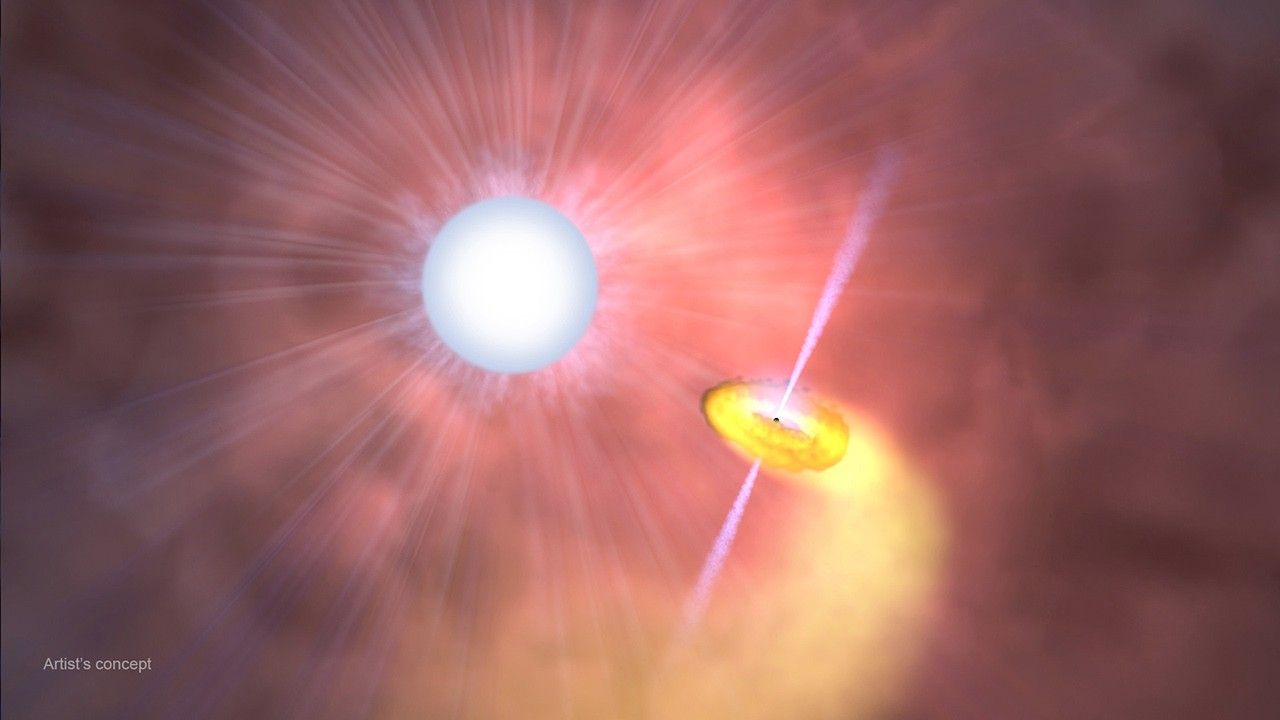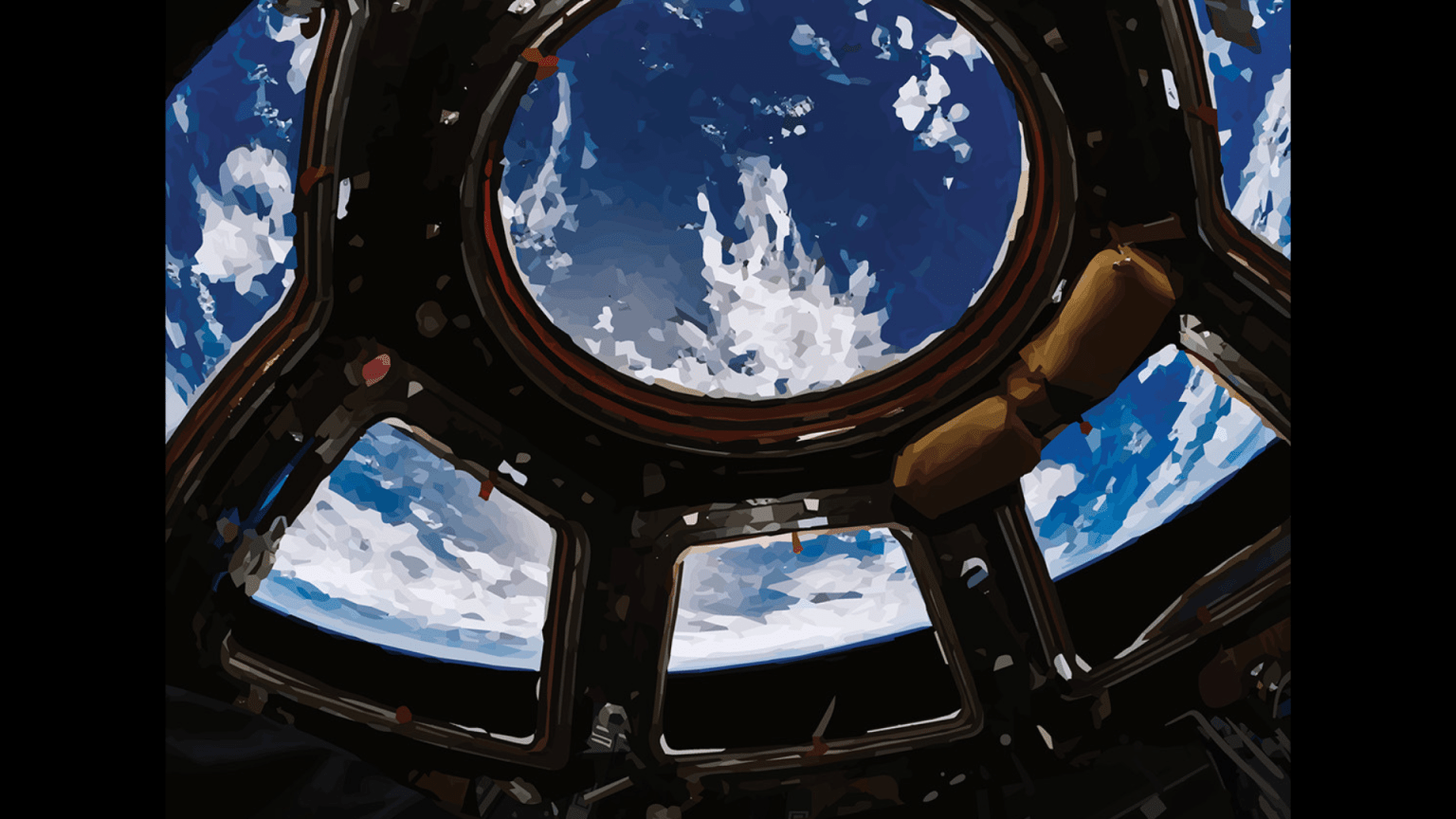Crew members aboard the International Space Station conducted scientific investigations during the week of Oct. 31 that included testing an ultrasound instrument controlled from the ground, examining self-regulation of brain blood flow in space, and evaluating the effects of microgravity on combustion.
Here are details on some of the microgravity investigations currently taking place aboard the orbiting lab:
Remote ultrasounds
ECHO, an investigation from ESA (European Space Agency) evaluates an ultrasound system equipped with motorized probes controlled from the ground. To conduct the scan, a crew member simply places the probe on the area to be examined and follows the ultrasound on a screen while receiving input from the ground. This tool could enable fast and precise medical diagnoses for future space missions. On Earth, such scanners could improve medical management in remote and rural areas with limited services, using an on-site assistant to share information with medical experts in other locations. A successful test of this system in France and Guyana provided feedback that led to improvements tested as part of the ECHO investigation. During the week, crew members set up for and performed sessions for the investigation.
Blood pressure regulation in the brain
The human brain can adjust to self-regulate blood flow even when the heart cannot maintain an ideal blood pressure. Cerebral Autoregulation, a Japan Aerospace Exploration Agency (JAXA) investigation, tests whether this self-regulation improves in microgravity. Many astronauts faint or experience lightheadedness when they return to Earth, which may be related to changes in blood flow in the brain. On Earth, when the brain cannot compensate for a sudden drop in blood pressure, a person can become lightheaded or have fainting episodes known as syncope, which affects millions of people worldwide. A better understanding of how blood flows change in space could lead to improved treatments and possible countermeasures for space-related lightheadedness and syncope on Earth. Crew members took measurements for the investigation during the week.
Predicting flammability
FLARE, a JAXA investigation, evaluates the effect of microgravity on combustion of materials by observing various solid fuels burning under different conditions inside a flow tunnel. Current tests to screen materials for use on crewed space missions do not consider the significant effects of gravity on combustion, and the technology that this investigation demonstrates could fill this gap and significantly improve fire safety aboard spacecraft on future missions. Improvements in methods for evaluating the flammability of materials have potential applications for reducing fire hazards in settings on Earth as well. During the week, crew members activated the investigation and closed out activities after a run controlled by the ground.
Other investigations involving the crew:
- XROOTS uses the Veggie facility to test hydroponic (liquid-based) and aeroponic (air-based) techniques to grow plants without soil or other traditional growth media. These techniques could enable production of crops on a larger scale for future space exploration.
- FLUIDICS, an ESA investigation, evaluates behaviors of liquid in a sphere in microgravity as a model for what happens in a spacecraft’s fuel tank. Results could support improvements in satellite fuel management and expand lifespan. This investigation also may help provide a better understanding of Earth’s oceans and optimize the use of ocean-based renewable energy.
- Repository is a storage bank that maintains biological specimens used for scientific research on human physiological changes and adaptation to microgravity, including longitudinal studies spanning many missions. Space biomedical research often leads to medical advances that benefit people on Earth as well.
- ESA’s Lumina tests a dosimeter using optical fibers to provide reliable, real-time radiation dose measurements in complex radiation environments. Such a capability is key on future space exploration missions and has applications in settings on Earth such as aviation and the nuclear industry.
- Food Physiology characterizes the effects of an enhanced spaceflight diet on immune function, the gut microbiome, and nutritional status indicators. Because diet can be easily and meaningfully altered on Earth or during flight, documenting the effects of dietary improvements on human physiology could provide guidance for using diet to enhance adaptation to spaceflight.
- ISS Ham Radio sessions engage students, teachers, parents, and other members of the community in direct communication with astronauts via ground-based amateur radio units. This experience helps inspire interest in science, technology, engineering, and math.
John Love, ISS Research Planning Integration Scientist
Expedition 68


































